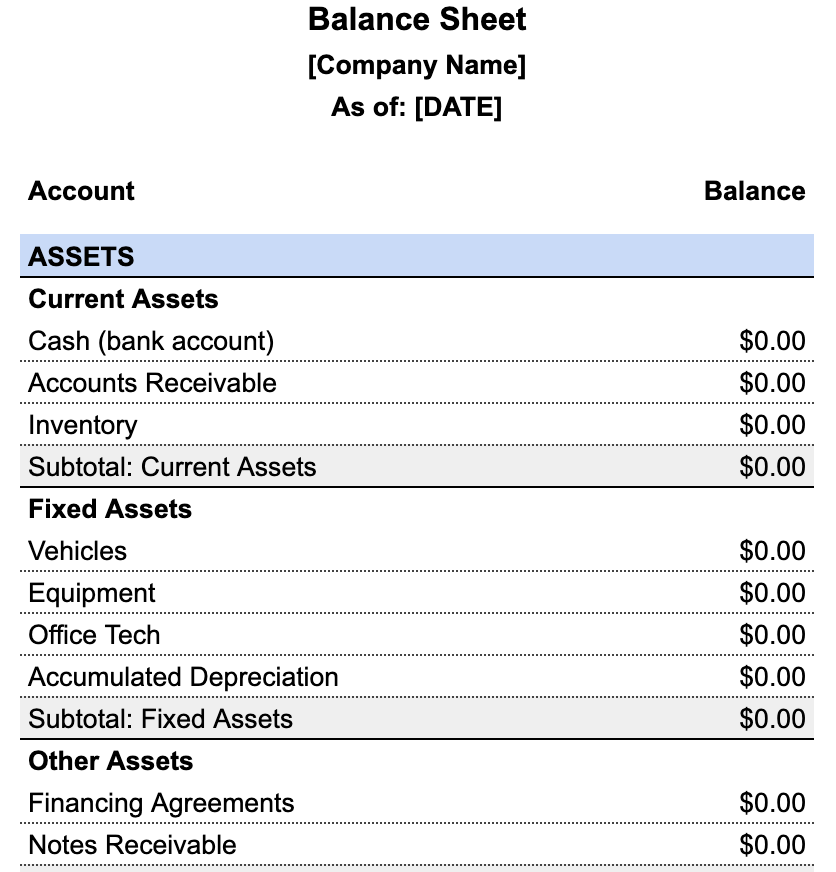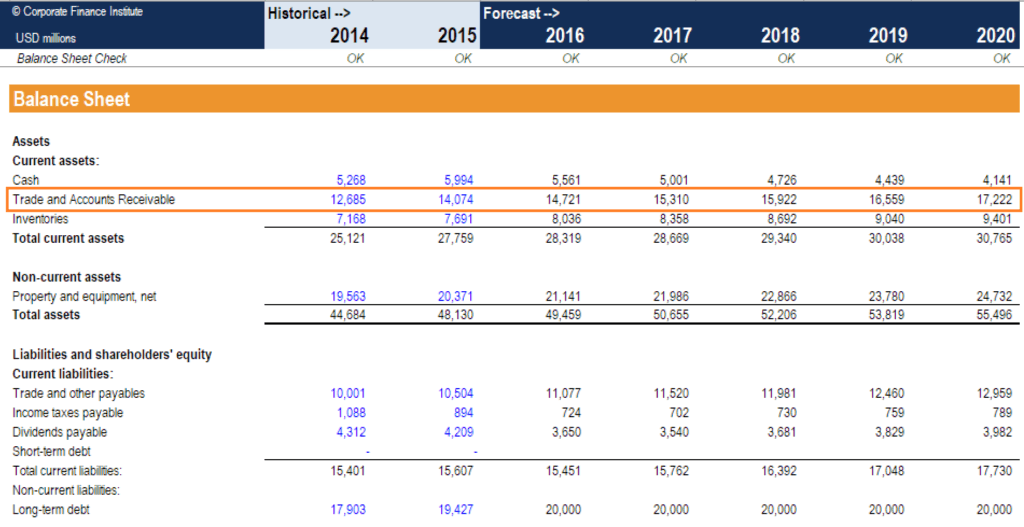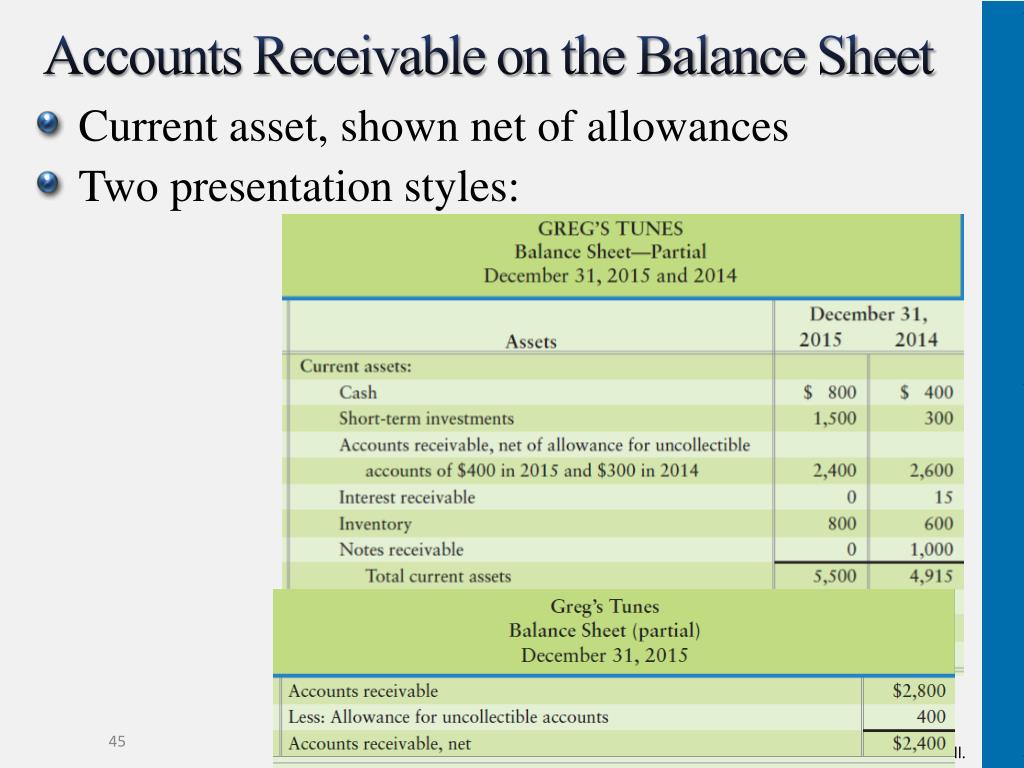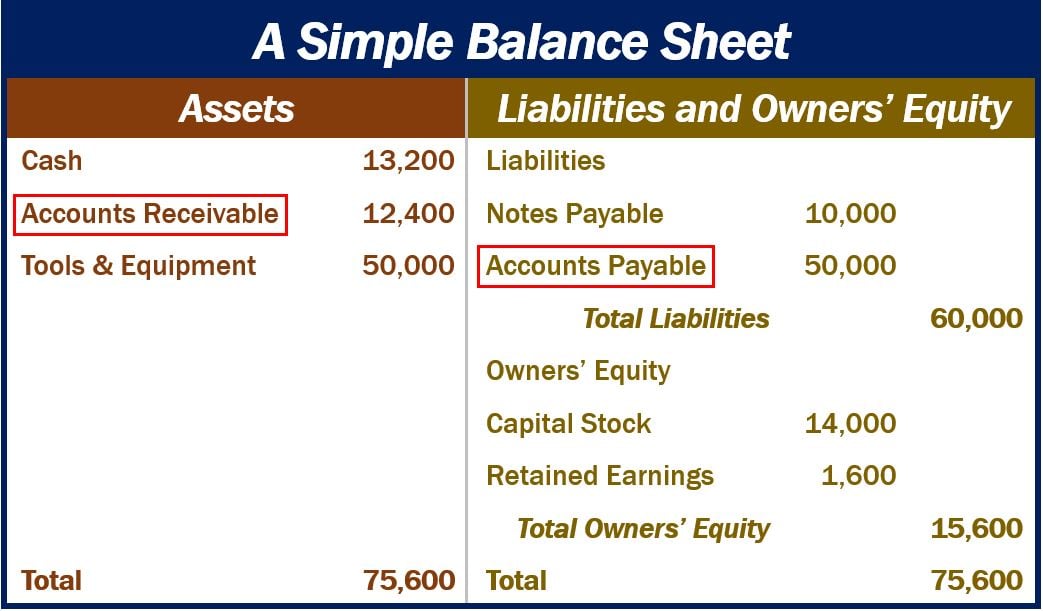Does Accounts Receivable Go On The Balance Sheet - Accounts receivable are reported as current assets on the balance sheet because they are expected to be converted into cash within a. While accounts receivable is reflected on the trial balance sheet as one line item, the account balance may represent many individual. Since the unmet payment obligation represents a future economic benefit to the company, the accounts receivables line.
Accounts receivable are reported as current assets on the balance sheet because they are expected to be converted into cash within a. Since the unmet payment obligation represents a future economic benefit to the company, the accounts receivables line. While accounts receivable is reflected on the trial balance sheet as one line item, the account balance may represent many individual.
While accounts receivable is reflected on the trial balance sheet as one line item, the account balance may represent many individual. Accounts receivable are reported as current assets on the balance sheet because they are expected to be converted into cash within a. Since the unmet payment obligation represents a future economic benefit to the company, the accounts receivables line.
The Balance Sheet A Howto Guide for Businesses
Since the unmet payment obligation represents a future economic benefit to the company, the accounts receivables line. Accounts receivable are reported as current assets on the balance sheet because they are expected to be converted into cash within a. While accounts receivable is reflected on the trial balance sheet as one line item, the account balance may represent many individual.
How to Understand Your Balance Sheet A Beginner's Guide 2025
While accounts receivable is reflected on the trial balance sheet as one line item, the account balance may represent many individual. Accounts receivable are reported as current assets on the balance sheet because they are expected to be converted into cash within a. Since the unmet payment obligation represents a future economic benefit to the company, the accounts receivables line.
What are Accounts Receivable and Accounts Payable?
While accounts receivable is reflected on the trial balance sheet as one line item, the account balance may represent many individual. Since the unmet payment obligation represents a future economic benefit to the company, the accounts receivables line. Accounts receivable are reported as current assets on the balance sheet because they are expected to be converted into cash within a.
Accounts Receivable Overview, Why, Risks
Accounts receivable are reported as current assets on the balance sheet because they are expected to be converted into cash within a. Since the unmet payment obligation represents a future economic benefit to the company, the accounts receivables line. While accounts receivable is reflected on the trial balance sheet as one line item, the account balance may represent many individual.
Accounts Receivable on the Balance Sheet Accounting Education
Since the unmet payment obligation represents a future economic benefit to the company, the accounts receivables line. While accounts receivable is reflected on the trial balance sheet as one line item, the account balance may represent many individual. Accounts receivable are reported as current assets on the balance sheet because they are expected to be converted into cash within a.
PPT Receivables PowerPoint Presentation, free download ID1657894
While accounts receivable is reflected on the trial balance sheet as one line item, the account balance may represent many individual. Accounts receivable are reported as current assets on the balance sheet because they are expected to be converted into cash within a. Since the unmet payment obligation represents a future economic benefit to the company, the accounts receivables line.
Accounts Receivable Balance Sheet
Since the unmet payment obligation represents a future economic benefit to the company, the accounts receivables line. While accounts receivable is reflected on the trial balance sheet as one line item, the account balance may represent many individual. Accounts receivable are reported as current assets on the balance sheet because they are expected to be converted into cash within a.
Balance sheet definition and meaning Market Business News
While accounts receivable is reflected on the trial balance sheet as one line item, the account balance may represent many individual. Since the unmet payment obligation represents a future economic benefit to the company, the accounts receivables line. Accounts receivable are reported as current assets on the balance sheet because they are expected to be converted into cash within a.
Accounts Receivable on the Balance Sheet
Since the unmet payment obligation represents a future economic benefit to the company, the accounts receivables line. While accounts receivable is reflected on the trial balance sheet as one line item, the account balance may represent many individual. Accounts receivable are reported as current assets on the balance sheet because they are expected to be converted into cash within a.
What is accounts receivable? Definition and examples
Since the unmet payment obligation represents a future economic benefit to the company, the accounts receivables line. Accounts receivable are reported as current assets on the balance sheet because they are expected to be converted into cash within a. While accounts receivable is reflected on the trial balance sheet as one line item, the account balance may represent many individual.
Accounts Receivable Are Reported As Current Assets On The Balance Sheet Because They Are Expected To Be Converted Into Cash Within A.
While accounts receivable is reflected on the trial balance sheet as one line item, the account balance may represent many individual. Since the unmet payment obligation represents a future economic benefit to the company, the accounts receivables line.







/accounts-receivables-on-the-balance-sheet-357263-final-911167a5515b4facb2d39d25e4e5bf3d.jpg)
